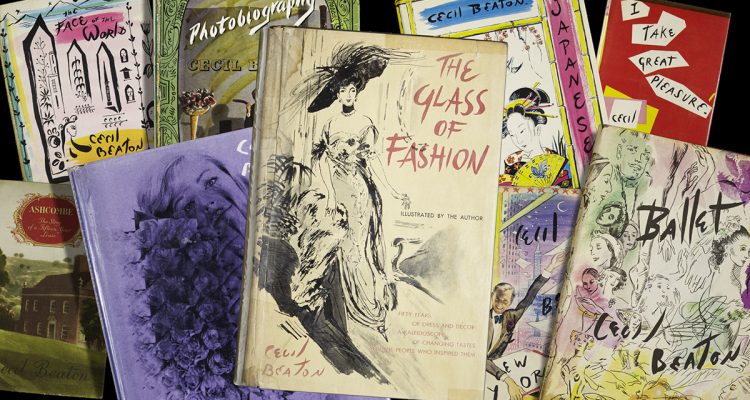Few artists have made a claim for so drastically altering the shape of their medium than Cecil Beaton, the fashion photographer turned war photographer turned royal photographer turned costume and production designer, who arguably forever reshaped the concept of possibility in the static image. Beaton faced his share of adversity and controversy, rubbed shoulders with the biggest stars and the Queen herself, and generally lived the sort of bohemian life that artists dream of. And while he is best known for the iconic images that he captured of the likes of Marilyn Monroe, Cary Grant, and the Duke and Duchess of Windsor, Beaton himself was a fascinating, lively character who imprinted himself on the lives of anyone whose orbit he entered. And all of this is the life that “Love, Cecil” aims to — and mostly succeeds in — capturing, despite taking such an openly adoring stance.
Following the life of Beaton linearly, Lisa Immordino Vreeland’s film sets its sights on the grand goal of telling a 70-year story in 100 minutes, and for that, it suffers. But thankfully, Beaton’s diaries (as read by Rupert Everett) offer up thoughtful, and gorgeous reflections of much of his life, and their inclusion serves as an anchor for the film, grounding the distance of time with the sharp hooks of emotion. And while archive interviews with those closest (or most at odds with him) are nicely utilized, much of the story is told through artists and models and filmmakers who have felt his influence, which makes for a noticeably doting perspective, even when taking an ostensibly more critical stance on Beaton’s controversial attitude and pretension.

In this regard, the most frustrating aspect of “Love, Cecil” is that it never asks the obvious questions: Were Beaton’s mean streaks and his enemy-making tendencies worth the art that he created? Or even: Was his suffering necessary for him to so thoroughly hunt for beauty in even the most horrific? It’s not a damning fault, but one that could have textured an otherwise thoughtful, rounded film, and one that could have helped to add to the film’s necessity — movies about Beaton exist already and his diaries offer what is arguably the most intimate, if limited, look at his life.
Still, it’s hard not to get lulled into Vreeland’s film. Beaton’s art still holds its curious appeal and its unmatched beauty, and the film endlessly whisks through his greatest portraits and photos, the most memorable scenes from the films he worked on (like “Gigi” and “My Fair Lady”). Helping things along is the emotive, structural score that helps to guide the proceedings and accentuate the readings from Beaton’s diaries to beautiful effect. And, staggered throughout, there are moments of grace and vulnerability, scenes that articulately capture Beaton at his most pure. But, despite these fragments, the film settles for drawing a portrait, when really what Beaton himself might have wanted was something more brave and searching. As one artist says of Beaton’s photographs, “It’s not the world as he found it, but the world as he transformed it to be.” What could be found if a film aimed for something more than just capturing the details?

For all the bravery and idiosyncratic tendencies that Beaton brought to his work, the strange and beautiful portraits he captured, the incredible sets that he brought to such peculiar life, “Love, Cecil” is so plain and usual a film. Never incompetent or entirely bland, the doc is most striking for just how typical it is, for how ordinary of an approach Vreeland takes to such an extraordinary and complex individual. In fact, the most visually striking aspect of “Love, Cecil,” and one of the film’s greatest joys, is simply the wealth of Beaton’s work put on display, the curious, distinctive photos, and the wildly aesthetic sets. And, ultimately, it’s a delight to just revel in these artifacts. [B-]
Click here for all of our coverage from the 2017 Telluride Film Festival.

